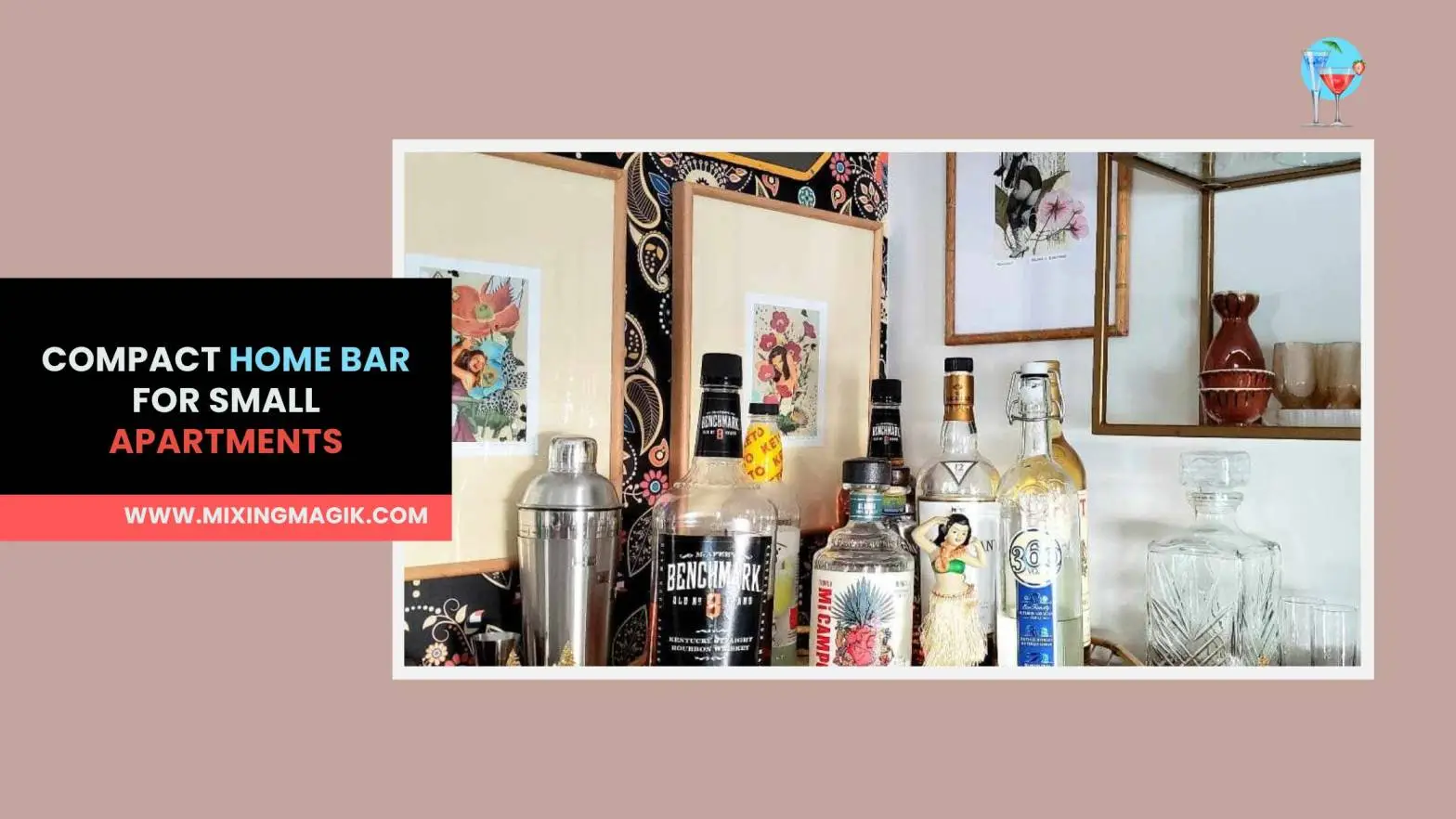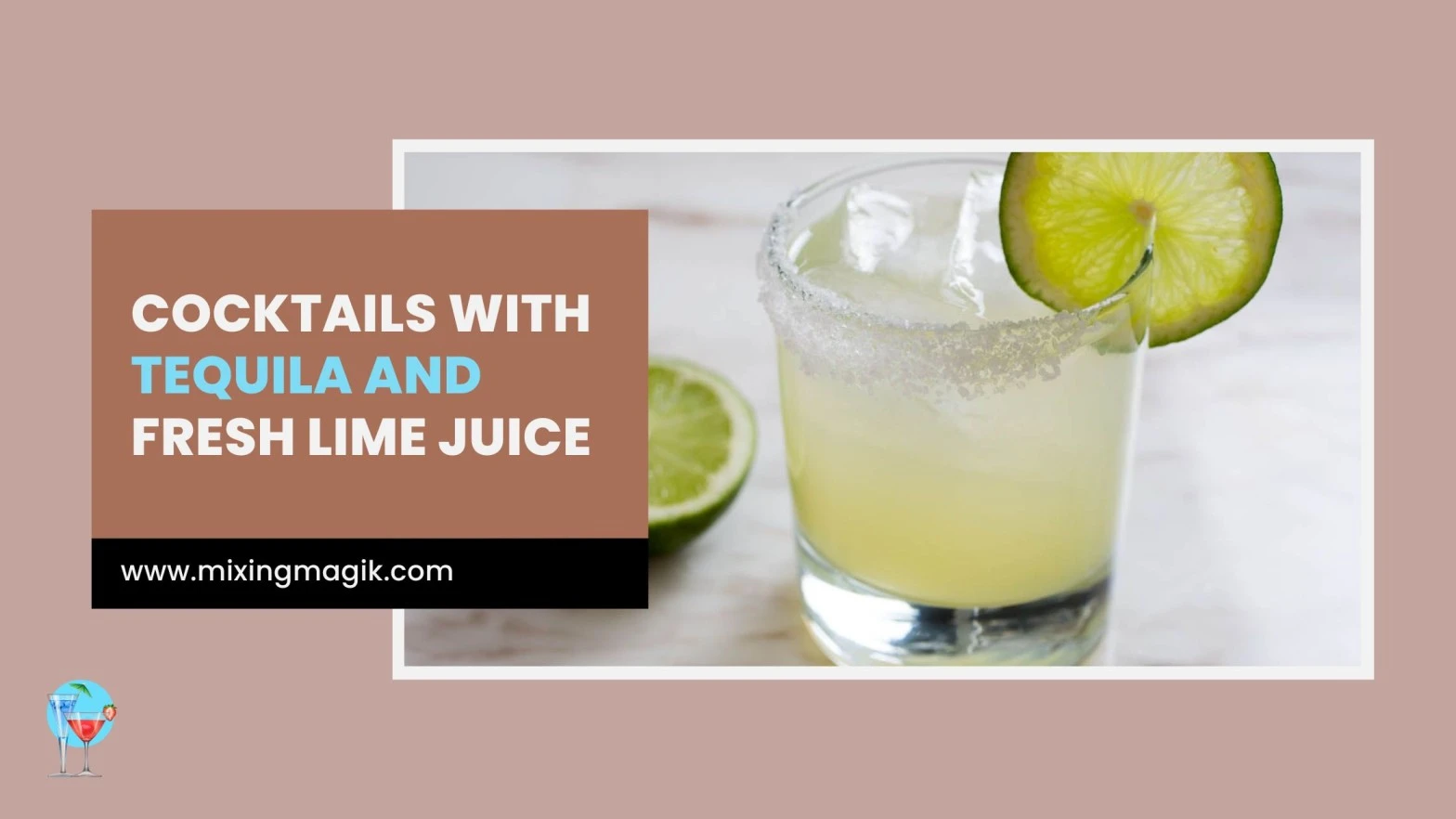“So, it all started as a joke.”
That is American Solera throne brewer Matt Denham, whence the story of one of the oddest concoctions of 2020—from any brewery, not just this one. The drink in question is PSS, a bourbon barrel–aged, pumpkin pie puree–flavored nonflexible seltzer that he conceived with brewery founder Chase Healey. It’s misogynist in half-liter bottles, capped with wax that has been infused with pumpkin-spice aromas.
Is this really American Solera? Is this the brewery that Healey started four years ago as a stolid chapel to spontaneous, mixed-fermentation, and barrel-aged beers?
It is—and they still mash those, plane if it’s not as often as Healey would like. The beer that made our Craft Beer & Brewing Magazine® list of Best 20 Beers of 2020 was Coolship Roadtrip, a collaboration with Jester King in Austin, Texas. Its components are three years’ worth of lambic-inspired spontaneous beer—first spirituous in Austin, then driven by truck to Tulsa for barrel-aging and blending. That beer scored a 99 with our blind-tasting panel, showing deep, earthy-funk complexity and finely well-turned acidity. (Jester King’s own version of the beer, moreover excellent, is synthetic the other way around: spirituous in Oklahoma but weather-beaten and composite in Texas.) Wild and half-wild beers remain an important part of the brewery’s DNA.
ADVERTISEMENT
These days, however, well-nigh 60 percent of American Solera’s production is IPA. They supplement that with a growing number of lagers—including several fermented cleanly in oak foeders—a few coveted, super-thick barrel-aged stouts, and various other oddities—such as that seltzer, or a light rice lager tabbed Bub Heavy.
There’s a story overdue that one, too. The nail salon where Healey and Denham like to go get their pedicures offers Bud Light to customers—but its little menu says, “BUB LIGHT.” They found this hilarious, since Denham has a habit of calling people “Bub” or “Bubba,” expressly when he can’t remember their names.
“Big shout-out to Bebe Nails, though, for my new Christmas colors,” Denham says.
From Mixed Fermentation to Anything Goes
Chase and Erica Healey own and run American Solera together. They launched the brewery tween some fanfare in 2016, both locally and among beer enthusiasts farther abroad. The fanfare was earned: Chase Healey cofounded two of the country’s weightier regarded small breweries—first Prairie Artisan Ales in Krebs, Oklahoma, and then American Solera. (Likewise, this is the second time that Healey has appeared in these pages as a breakout brewer. For the first time, see “Breakout Brewer: Prairie Artisan Ales,” beerandbrewing.com.)
Healey launched Prairie with his brother Colin in 2012, in collaboration with century-old local institution Krebs Brewing, makers of Choc Beer. Colin’s role was art director. The beers’ strikingly colorful, cartoonish label art worked an attention-getting synergy with envelope-pushing recipes such as Prairie Bomb, which was influential in the trend toward big, adjunct-laden imperial stouts.
ADVERTISEMENT
Four years later, Healey sold Prairie to Krebs and went on to unshut his dream/side project in Tulsa: a brewery and taproom that would, in theory, focus on coolship beers, mixed fermentation, and whisk aging. The accolades came immediately, when RateBeer users named American Solera the country’s weightier new brewery in 2016.
“I dove into those styles and got really deep into the whole farmhouse world for a few years,” Healey says. He’s still very much into them, and into the “sour side” of the brewery. “I love all that stuff. But I moreover like the rencontre of trying to make the most spanking-new version of any style of beer. And I think, as brewers, the rencontre for us is, we believe we have the skills and the tools to make the weightier of any of those styles. We want to pursue that considering the rencontre is fun.”
There are no flagships at American Solera, but there are some tried-and-true wiring recipes on which they continually riff. They seem to come up with myriad variations of IPAs and double IPAs, employing variegated hop varieties in various permutations. Then there are the foeder-fermented lagers, dessert stouts—and stranger things, such as a series of fruited lagers with salt and lime tabbed All the Sports. (Slightly less oddball was one of my own favorites of 2020: Loral Roberts, a refreshing Kölsch-style ale single-hopped with lots of lemony Loral.)
“I know that if we wanted to, we could create a flagship,” Healey says. “We could mash thousands of cases a month of it, and we could find a market for it. But it’s just not a world we’re trying to live in.”

Lager, for the People
Fermenting lagers in foeders—these are wipe fermentations, without bugs—is an evolving project that both Denham and Healey are enthusiastic about. The fact that the lagers spend time on oak is interesting to the brewers and some geeks, but to most drinkers, the styles are relatively familiar and misogynist at democratic prices—often $10 for a six-pack.
ADVERTISEMENT
“The oak part of it is an interesting element,” Healey says. “But to me, it seems like an zone we’re trying to pursue is creating beers that have a stratum of interest and uniqueness to them but an overall upper approachability, upper drinkability, and serviceability price-point-wise. … It’s way increasingly interesting than probably most of our drinkers really are worried about. But for us as brewers, we’re having a lot of fun with it.”
Recent examples include stake lager Western Vibes and woebegone lager Diacetyl Rest. Both are foeder-fermented to well-nigh 5 percent ABV. A sixer of 12-ounce cans financing $10.
While lagers are a modestly growing trend in the wider world of American self-sustaining brewing, Denham and Healey say they’re not seeing much demand yet—though they enjoy drinking it themselves. Healey comes when to that price, which works well for distribution and moreover at the brewery. “We can sell it all day at that price point considering we’re getting all the margin,” he says. “But that’s flipside piece of it: You can play in this lager world, but you can’t expect people to pay $16 for four-packs of it. They just won’t.”

IPAs, for Plane Increasingly People
American Solera evolved in four years from an windswept farmhouse brewery—at which Healey had no intention of brewing IPA—to one where scrutinizingly anything seems possible. Expressly if it’s increasingly IPA.
“This is funny,” Healey says. “Matt likes to rag on me for talking well-nigh not brewing IPAs and making public statements well-nigh it. And, you know, the whole reason we hired Matt and brought him on workbench is that he’s really spanking-new at making those. So it kind of speaks to the transition we’ve made.”
ADVERTISEMENT
Denham’s previous gig was at Roughtail Brewing in Oklahoma City, where a hazy IPA that he spirituous there, Everything Rhymes with Orange, maintains a strong following.
American Solera’s best-selling beer in 2020 was Pals, a hazy dry-hopped stake ale, mostly considering they made so many variegated versions of it—and then people kept ownership them. (See our recipe for Pals, page 37.) However, Denham and Healey say the closest thing they have to a cadre beer is Terpy, which is really a series of hazy double IPAs—usually well-nigh 8 percent ABV, and often single-hopped.
“It’s funny,” Healey says well-nigh Terpy, “because the first time we overly spirituous that, like three years ago, it sucked.” (Denham concurs: “It wasn’t great.”)
“But we dialed it in,” Healey says. “And it found its way, and it didn’t suck. We didn’t quite really know where we were going with it. We just wanted to do it.”
Denham says his goal is to put out at least one new IPA per week. “What keeps people coming in is just having new beers, nonstop,” he says. “IPAs, everyone wants them right now. So, the increasingly we can zombie out, the better.” They’re selling virtually all of them out of their taproom.
ADVERTISEMENT
“Beyond the new factor, I think there’s a freshness factor that we’re striving for,” Healey says. Translation: They don’t want their IPA to sit on a shelf somewhere. “When people come to our brewery, they should be getting something that’s so fresh. Unless they’re deep into the IPA world, it’s a new wits for them to try beer that’s that fresh, and that new. And I think that that’s something we’re really striving for.”
Their IPAs are primarily the juicy-hazy sort. For his part, Denham says he would like to see West Coast-style IPAs make a comeback—but in the meantime, they’ll alimony giving their customers what they alimony buying. “Hazy IPAs just seem to be what everyone wants,” he says. “I just don’t see that kind of style going yonder unendingly soon.”
Denham’s IPA-brewing style includes a preference for Vic Secret, which he says he prefers to Galaxy. He’s moreover fond of Strata. Meanwhile, Citra remains a dynamo for the brewery, plane in versions of Terpy (or other beers) that are ostensibly single-hopped with other varieties, such as Mosaic or Galaxy. “It’s unchangingly going to have a little Citra in there, to help push that other hop. Considering if you just do one hop 100 percent, it’s just weird to me. But if you add flipside hop to it, unrepealable qualities make it pop, make it a little increasingly interesting.”
Here is the vital framework for American Solera’s IPAs, which Denham describes as “real simple”: The wiring malt is all pilsner, instead of stake two-row. Layered over that are chit malt, white wheat malt, flaked wheat, and flaked oats. Both Denham and Healey like a paler color, and they stave any caramel malts in these beers. They typically mash upper at 157°F (69°C), for worthier soul and residual sweetness.
The hop varieties transpiration constantly, but usually there is a modest whirlpool tuition followed by immodest dry-hop quantities. There are no hops in the boil. Denham says the typical whirlpool tuition might be two pounds of hops for a 15-barrel batch (or well-nigh 0.35 oz/10 g per 5 gallons/19 liters).
ADVERTISEMENT
Their preferred yeast for these is Wyeast 1318 London Ale III, a popular strain among hazy-IPA brewers for its fruity profile and relatively low attenuation.
Mixed-Culture, for Unrepealable People
When Healey started American Solera, the market for wild beers was different. “I think people had a upper interest in really complex, really high-end, really expensive mixed-culture beer,” he says. “And the IPA culture killed it a little bit.”
The plan unchangingly was to be taproom-focused and sell most of American Solera’s beer from the brewery. However, that meant a need to sell the kinds of beers that people were buying—and buying, and buying. “Some of the mixed-culture, and some of the stuff on that side, are slow burners just considering people want to crush lagers and IPA.”
Healey’s response to that is pretty straightforward: Take the kinds of mixed-culture beers that he loves and make them increasingly accessible.
For example: One of American Solera’s early hits was Foeder Cerise, a mixed-fermentation, oak-aged sour beer matured on Montmorency cherries. “Now,” Healey says, “we’ve got a mixed-culture beer that’s been white-haired a year, now fermenting on Montmorency cherries. And we’ll can that into 12-ounce four-packs, and it will be like a $12 or $14 four-pack.” That’s well-nigh the same price as a single snifter of Foeder Cerise.
ADVERTISEMENT
“People have gone yonder from a willingness to pay top-dollar for those types of beers considering of all the serviceability of kettle-sour beers and IPAs and whatnot,” he says. “We still pursue those beers considering I think they they’re still interesting and special to us. But we’ve had to be flexible and transpiration the way we package them, and how we sell them.”
Healey says he still wants people to drink those beers. “And if it’s at the forfeit of them stuff not quite as profitable, I think it’s still worth it. … You know, we just can’t make $35 750s of two-year-old spontaneous. I mean, we can, but at the end of the day, we need to make the beers increasingly wieldy considering that’s just where beer drinkers are right now. And I’m okay with that.”
Meanwhile, the solera system is still in effect at American Solera. Healey still brews what he calls his mixed-culture wiring of beer—about 5.5 percent ABV, with plenty of wheat in the grist—to top off foeders from which mature beer has been pulled for other beers. For example, they might pull seven barrels each of mature, mixed-fermentation beer out of two 20-barrel foeders, then replace it with freshly spirituous wiring beer. Rarely are those foeders fully emptied—thus the beer, much like the brewery, continues to evolve.
It’s plain that Healey would like to spend increasingly time with those foeders and mixed-fermentation projects. Some days, he says, it feels like his main jobs are developing the trademark and sourcing ingredients. Getting involved in the brewhouse can be tricky.
There’s a separation in the brewery between the “clean side” and the “sour side.” On the wipe side—with the necessary timings of fermentations, dry-hop additions, and so on, and the need to alimony churning out IPAs—operations need to run like a digital watch. But things tick-tock slower over on the sour side. “The mixed-culture side is maybe an zone where I can still play a little bit,” Healey says. “You know, put the rubber boots on and sling tri clamps.”
ADVERTISEMENT
Big Stouts, for Far Fewer People
American Solera’s imperial stouts are well regarded among the fiends and collectors, but there is not a lot to go around. They don’t mash much of it, and most tends to go straight to members of their American Solera Society. Joining the club financing $400, which includes 12 half-liter bottles of various barrel-aged stouts (or other strong, special ales), two 750 ml bottles of unusual mixed-fermentation beers, plus versicolor perks and first-purchase rights on some releases.
Those stouts tend to win upper Untappd ratings (often 4.5-plus) and upper interest among traders tuned in to that heady world of the secondary market.
Much like other breweries known for these super-thick imperial stouts, American Solera embraces some lattermost ends of the brewing process: “We just do these insanely inefficient double mashes,” Denham says. The idea is to “get as much grain as you can get into the kettle, until it starts spilling out, and then no sparge. It’s just first runnings, and we’ll swash anywhere from four to six hours.”
Healey explains how they sometimes produce a increasingly “sessionable” imperial stout of 10 percent ABV using a single mash. The starting gravity of that beer might be 29°P (1.124)—plenty high. By doubling the mash, they can push it to maybe 39°P (1.174)—which is higher, but not a huge increase in gravity considering the doubling of malt.
“From a forfeit perspective, they’re incredibly inefficient and expensive,” Healey says. “It’s a lot of sugar going lanugo the drain.”
ADVERTISEMENT

Keeping It Fun, for Themselves
American Solera may not have a cadre range of brands, but Healey and Denham do have a cadre range of styles that they like to have available. “We are still trying to hit parameters that requite us a spectrum of drinking experiences,” Healey says.
Great brewers often aim to perfect a single recipe by brewing it over and over, tweaking here and there, and testing their skills at fine-tuning and mastering small details. Although Denham rarely brews exactly the same recipe twice at American Solera, he says he still gets to enjoy that challenge.
“As someone who came from a brewery that had a super-popular IPA that took off, and that’s all I made all the time—this is way increasingly exciting,” he says. “It’s fun to experiment. It’s fun to joke virtually with Chase and have silly ideas. I mean, things here just flip on a dime.”
For example: When a joke between Denham and Healey becomes an very barrel-aged, pumpkin-pie-puree nonflexible seltzer.
Why bourbon barrel-aged? Considering they could. “Chase unchangingly orders a gazillion barrels considering he wants me to just zombie out barrel-aged stout like nobody’s business.”
Just to take the joke further, the wax that seals this very special seltzer’s half-liter snifter is infused with pumpkin-pie spices, for an uneaten whiffy hit when you unshut the drink. The initial idea, Denham says, was candy-corn wax. “That was a bad idea on my part. It didn’t really work out.”
However, the idea of subtracting an essential oil to the wax for an uneaten zephyr hit was something they had washed-up on a couple of barrel-aged stouts.
“It’s gimmicky, but it’s fun,” Healey says. “We do a vanilla-bean, bourbon-barrel-aged stout, and if the wax is covered in vanilla oil, and then you’re using your hands to grab hold of the snifter and get that wax off. Then, as you’re going to drink the beer, those vanilla essences are moreover all over your hands. It kind of messes with your mind. … It’s just kind of funny to think well-nigh how that could influence someone who’s drinking a beer. “It’s a funny idea. Nothing groundbreaking, but kind of funny.”




